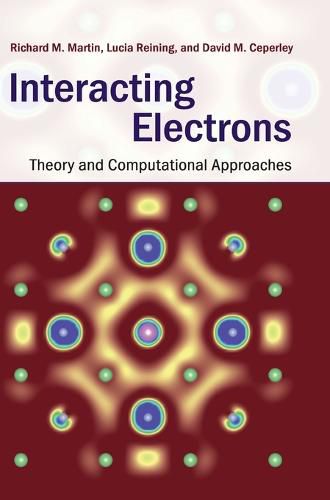Readings Newsletter
Become a Readings Member to make your shopping experience even easier.
Sign in or sign up for free!
You’re not far away from qualifying for FREE standard shipping within Australia
You’ve qualified for FREE standard shipping within Australia
The cart is loading…






Recent progress in the theory and computation of electronic structure is bringing an unprecedented level of capability for research. Many-body methods are becoming essential tools vital for quantitative calculations and understanding materials phenomena in physics, chemistry, materials science and other fields. This book provides a unified exposition of the most-used tools: many-body perturbation theory, dynamical mean field theory and quantum Monte Carlo simulations. Each topic is introduced with a less technical overview for a broad readership, followed by in-depth descriptions and mathematical formulation. Practical guidelines, illustrations and exercises are chosen to enable readers to appreciate the complementary approaches, their relationships, and the advantages and disadvantages of each method. This book is designed for graduate students and researchers who want to use and understand these advanced computational tools, get a broad overview, and acquire a basis for participating in new developments.
$9.00 standard shipping within Australia
FREE standard shipping within Australia for orders over $100.00
Express & International shipping calculated at checkout
Recent progress in the theory and computation of electronic structure is bringing an unprecedented level of capability for research. Many-body methods are becoming essential tools vital for quantitative calculations and understanding materials phenomena in physics, chemistry, materials science and other fields. This book provides a unified exposition of the most-used tools: many-body perturbation theory, dynamical mean field theory and quantum Monte Carlo simulations. Each topic is introduced with a less technical overview for a broad readership, followed by in-depth descriptions and mathematical formulation. Practical guidelines, illustrations and exercises are chosen to enable readers to appreciate the complementary approaches, their relationships, and the advantages and disadvantages of each method. This book is designed for graduate students and researchers who want to use and understand these advanced computational tools, get a broad overview, and acquire a basis for participating in new developments.